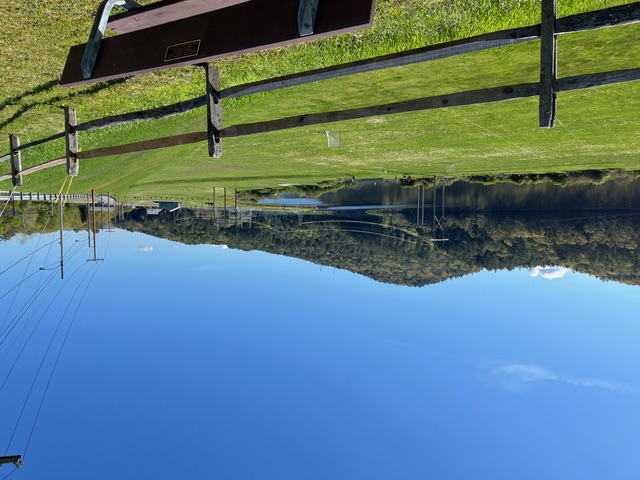Changes on the Connecticut River
Published Jun 1st, 2024 by Lynnwood Andrews
We are in the midst of the relicensing process for three local dams on the Connecticut River – Wilder, Bellows Falls, and Vernon – and major changes to dam operations. The proposed changes promote a more natural flow regime, which, in turn, may provide important environmental improvements along the river.
The installation of the dams, now operated by Great River Hydro, turned the Connecticut River from a free-flowing river into a series of warmer, erratically moving reservoirs. The well-documented environmental impacts affect not only animals and plants along the river, but also the physical attributes of the river channel and floodplains. Traditionally, hydroelectric dam operators have controlled water release to coincide with times of peak electrical demand with no regard for maintaining natural daily or seasonal water levels. This is called hydropeaking. Great River Hydro negotiated the proposed changes with essential stakeholders including the Connecticut River Conservancy. The operational changes would limit daily fluctu- ations, and restore constant water flow while at the same time allowing for periods of flexibility to assure electricity generation that meets demand.
When dams are built, ecological changes occur in the water – along the riverbed and at the shoreline. Native plants and animals evolved to occupy the habitats created by free-flowing water with seasonal variation in water levels. Rapid daily water level fluctuations fall outside any such natural flow regime. Free-flowing streams in our region are cool, whereas the dam reservoirs warm the water, harming native plants and animals. Invasives can proliferate. Deeper slow-moving water can stratify warm water at the surface. Warm water promotes algae blooms. Both warm water and the presence of algae blooms deplete oxygen levels, a condition toxic to fish. Pollutants and toxins accumulate when not washed downstream. Dams also block the passage of fish.
 The Wilder dam upstream. Photo credit Lynnwood Andrews.
The Wilder dam upstream. Photo credit Lynnwood Andrews.
A naturally flowing river carries sediments down its length and regularly inundates floodplains along its shores. The sediments carry nutrients which are deposited on floodplains, revitalizing them. The dams impede this process and cause sediment to back up at the foot of the dam upstream. This can exacerbate flooding. Simultaneously, downstream areas are deprived of sediment. Sediments also tend to accumulate at the confluence of tributaries. The natural deposition and transport of sediment in a flowing river creates habitats that plants and animals rely on. Some fish like American shad require sediment-free gravel to lay their eggs, whereas others need deposits of sediment for feeding. These are all supported by the natural equilibrium of an unimpeded river.
Erosion on the shoreline constitutes one of the main detrimental effects of unnatural water surface fluctuations. Hydropeaking results in rapid daily (sometimes twice per day) changes in water levels, exposing parts of the streambed normally underwater. The cycle of erosion starts at the streambank toe – the area between the streambed and the normal average water level. Constant exposure of the toe eats it away causing the lower streambank to fall. When this happens, the upper bank is undercut and slumps into the river, starting the cycle anew. This kind of erosion has eaten large areas of shoreline along dam reservoirs.
The proposed re-operation seeks to stabilize water levels in the reservoirs and promote constant water flow. To stabilize water levels, dam operators will be required under typical conditions to maintain a target water level at the dam with fluctuations allowed within only six inches above or below that level. Water levels will be raised gradually in most cases and will be lowered gradually in all cases. To promote water flow, the amount of water entering the reservoir and exiting below the dam must be held constant (inflow = outflow). This allows for water to move downstream at all times. Great River Hydro would be allowed to deviate from these requirements during periods of flexible operations which would mostly occur during the winter.
These changes to dam operations are expected to decrease erosion and improve aquatic and shoreline habitat. With water levels stabilized, damage to the streambed toe should be reduced. With constant water flow, productive aquatic habitats should be increased and should persist, allowing plants and animals to feed and reproduce successfully. The long-term success of this re-operation will depend on careful, comprehensive data monitoring, and adaptive management of dam operations in response to the findings.
Originally published in Summer 2024 Norwich Times